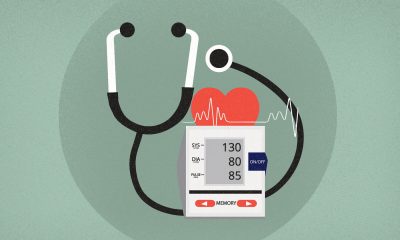Health
Is it a Headache or Are You Having a Stroke?
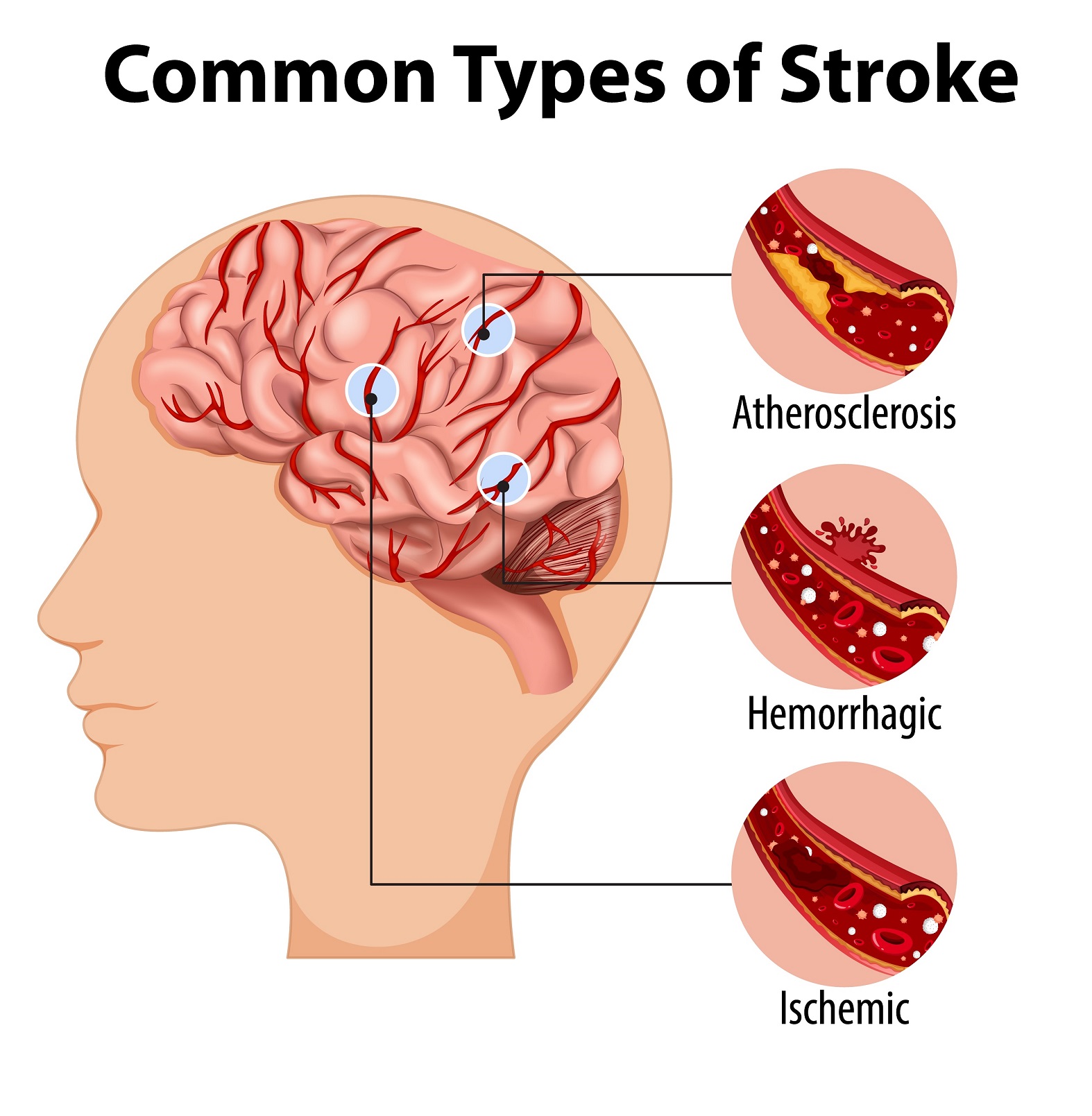
Headaches can sometimes be so painful that it can make you wonder if something more serious is wrong. Most headaches are due to tension, migraines, or sinus issues, but a sudden, severe headache can be a symptom of a more urgent problem, such as a stroke.
It’s important to note that most headaches are unrelated to a stroke, says Dr. Helen Okoye a medical expert and spokesperson for the World Thrombosis Day (WTD) campaign. “However, if you or someone you know experiences a sudden, severe headache along with other neurological symptoms, seek immediate medical attention,” she says.
For those who struggle with recurring or chronic migraines, seeking professional care can make a significant difference. Accessible telehealth platforms, such as online migraine treatment from Hello Wisp, provide convenient, personalized solutions that offer consultations, prescriptions, and ongoing support designed to help manage migraine symptoms from the comfort of home.
Time is critical in the diagnosis and treatment of a stroke, and early intervention can help to prevent permanent damage or death. Strokes are a life-threatening emergency – according to the World Health Organisation (WHO), 15 million people worldwide suffer a stroke annually. Of those, five million die and another five million are left permanently disabled.
A headache associated with a stroke is typically different from a routine headache in several ways, says Dr. Okoye.
A normal headache
Most headaches develop gradually and can be triggered by factors like stress, tension, lack of sleep, certain foods, caffeine, or dehydration. Pain is usually felt in the head, face, or neck, in a dull, aching, or throbbing pain. Other symptoms such as sensitivity to light or noise, nausea, and vomiting may also be experienced, but these are not typically as severe as those associated with a stroke.
Stroke-related headache
Headaches related to stroke typically occur suddenly and with intensity – often described as “the worst headache of my life”. The pain can be on one side of the head, particularly if the stroke affects a specific area of the brain. The headache may persist for an extended period, whereas routine headaches often resolve with time or after taking pain relief medication.
“Stroke-related headaches are also often accompanied by other neurological symptoms, such as weakness or numbness on one side of the body, slurred speech, vision problems, dizziness, confusion, and problems with balance or coordination,” points out Dr. Okoye.
Strokes are a medical emergency that can lead to paralysis, loss of consciousness, and difficulty speaking or understanding language. “It’s crucial to seek immediate medical attention if you or someone else is experiencing symptoms that indicate a stroke. There is a time-sensitive window for treatment to minimise damage to the brain and improve the chances of recovery, and only a medical professional can provide a definitive diagnosis and appropriate treatment,” cautions Dr Okoye.
What causes a stroke?
Most strokes are caused by a blockage in a blood vessel that supplies blood to the brain. This type of stroke is known as an ischemic stroke, and it occurs when a blood clot forms and obstructs the flow of blood to a part of the brain, explains Dr. Okoye.
The most common cause of an ischemic stroke is a thrombus, which is a blood clot that forms inside a blood vessel in the brain or elsewhere in the body, then breaks loose and travels to the brain, causing a blockage. This type of clot usually forms in arteries that have become narrowed due to atherosclerosis (buildup of fatty deposits), or in the heart in individuals with certain heart conditions, such as atrial fibrillation.
In simple terms, says Dr Okoye, a stroke is like your brain’s equivalent of a heart attack. “When a blood clot blocks a blood vessel in the brain, the brain cells in that area do not receive the necessary oxygen and nutrients, leading to damage and potentially causing stroke symptoms. The severity of the stroke and the resulting symptoms depend on the size and location of the blocked blood vessel.”
According to WHO, the risk of death depends on the type of stroke. Transient ischaemic attacks (TIA) – where symptoms resolve in less than 24 hours – have the best outcome, followed by stroke caused by carotid stenosis (narrowing of the artery in the neck that supplies blood to the brain). Blockage of an artery is more dangerous, with rupture of a cerebral blood vessel the most dangerous of all.
Reducing the risk
According to the Centers for Disease Control and Prevention (DCD), many stroke risk factors are lifestyle-related, and 80% of strokes are preventable. This means that leading a healthy life and managing certain medical conditions can go a long way in lowering risk.
High blood pressure (hypertension) is the single most important treatable risk factor for stroke, and preventing, diagnosing, and controlling it is critical. Regularly monitor your blood pressure and work with your healthcare provider to keep it within a healthy range.
Diabetes is another high stroke risk. “Uncontrolled diabetes can increase the risk of stroke, so it’s crucial to manage your blood sugar levels effectively. Being overweight also places you at a higher risk. Achieve and maintain a healthy weight through regular exercise, and if you drink, do so in moderation, as excessive alcohol consumption can raise blood pressure and increase the risk of stroke,” advises Dr Okoye.
“Eat a well-balanced diet rich in fruits, vegetables, whole grains, lean proteins, and healthy fats, and avoid excessive salt, saturated fats, and trans fats, as they can contribute to high blood pressure and other cardiovascular issues,” she advises. Statistics from WHO show that for every 10 people who die of stroke, four could have been saved if their blood pressure had been regulated. Smoking also significantly increases stroke risk. Among those aged under 65, two-fifths of stroke deaths are linked to smoking. Tobacco use is one of the most significant modifiable risks, so if you smoke, seek help to quit.
“Having a stroke can be devastating to the sufferer and their families. It is a common cause of adult disability and can rob a patient of their independence,” says Dr Okoye. If you are at all concerned about your stroke risk, ask your healthcare provider to assess and address your individual stroke risk effectively.
Health
Nigeria Launches First National Antimicrobial Resistance Survey
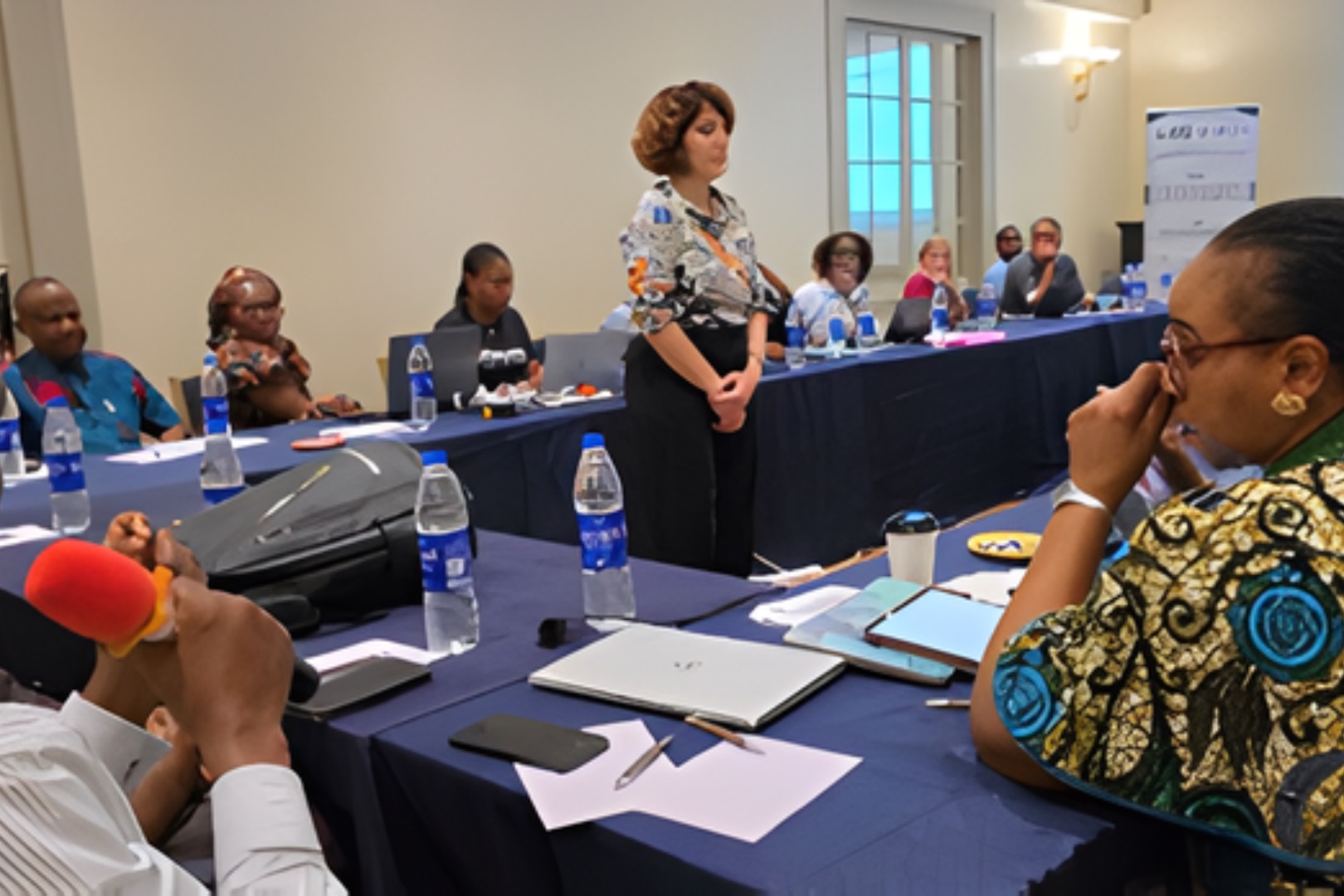
By Adedapo Adesanya
Nigeria has launched its first nationally representative survey on antimicrobial resistance to generate critical data to guide evidence-based policies, improve patient outcomes, and strengthen health system resilience.
Antimicrobial resistance occurs when bacteria, viruses, fungi, and parasites evolve to resist treatment, making infections harder to cure.
As a result, surveillance is essential to track resistance patterns, identify priority pathogens, and guide targeted interventions and with support from the World Health Organization (WHO) and other partners, the initiative marks a milestone in the country’s public health response.
Nigeria becomes the third country globally to partner with WHO on a national antimicrobial resistance survey. having been selected based on the country’s strong commitment to AMR surveillance, its updated WHO Nigeria NAP 2.0, and readiness to expand laboratory and data systems.
Africa’s most populous country ranks 20th globally for age-standardized mortality due to antimicrobial resistance . In 2019, an estimated 263,400 deaths in Nigeria were linked to it—more than the combined deaths from enteric infections, tuberculosis, respiratory infections, maternal and neonatal disorders, neglected tropical diseases, malaria, and cardiovascular diseases.
Globally, resistant infections in tertiary care settings cost between $2,371 and $29,289 per patient episode, extend hospital stays by an average of 7.4 days, and increase mortality risk by 84 per cent.
The survey will see the establishment of a national baseline on antimicrobial resistance prevalence to monitor interventions, assess the distribution, burden (morbidity, mortality, DALYs, cost), and diversity of AMR across regions and populations, as well as contribute to the global target of reducing AMR deaths by 10 per cent by 2030, in line with the political declaration endorsed at the 79th United Nations General Assembly in 2024.
It also seeks to strengthen routine antimicrobial resistance surveillance, including diagnostics, sample referral systems, and laboratory capacity.
Using WHO’s standardized methodology, the survey will run for 12–15 months and cover 40–45 randomly selected health facilities nationwide. Patients with suspected bloodstream infections (BSIs) will be identified using standard case definitions, and blood samples will be analysed in quality-assured laboratories.
Data will be collected across all age groups, covering clinical, demographic, laboratory, financial, and outcome indicators. Follow-up will occur at discharge, 28 days, and three months post-infection. The survey will sample approximately 35,000 patients suspected of BSIs to obtain around 800 isolates of the most common pathogens.
Dr Tochi Okwor, Acting Head, Disease Prevention and Health Promotion, Nigeria Centre for Disease Control and Prevention (NCDC) said, “With WHO’s support, we are confident the survey will generate the evidence needed to protect public health.”
WHO Representative in Nigeria, Dr Pavel Ursu, reaffirmed WHO’s commitment stating that ,“Nigeria is taking a decisive step toward combating AMR with an approach grounded in data, science, and measurable impact. This survey will provide the clarity needed to drive smarter policies, stronger surveillance, and better patient outcomes. Nigeria is laying the foundations for a resilient health system, one that protects lives, strengthens trust, and ensures that essential medicines remain effective for future generations.”
Adding her input, Dr Laetitia Gahimbare, Technical Officer at WHO Regional Office for Africa, added:“Strengthening surveillance enhances Nigeria’s capacity to detect and respond to AMR threats, supporting better patient outcomes, reinforcing health security, and building a resilient system.”
Professor Babatunde Ogunbosi, Paediatric Infectious Diseases Specialist at University College Hospital, Ibadan, highlighted the broader impact:, “This survey is about more than data. It’s about building national capacity for research, diagnostics, and policy. It integrates science into public health decision-making.”
Health
Our Vision Extends Beyond Offering Health Insurance Packages—SUNU Health
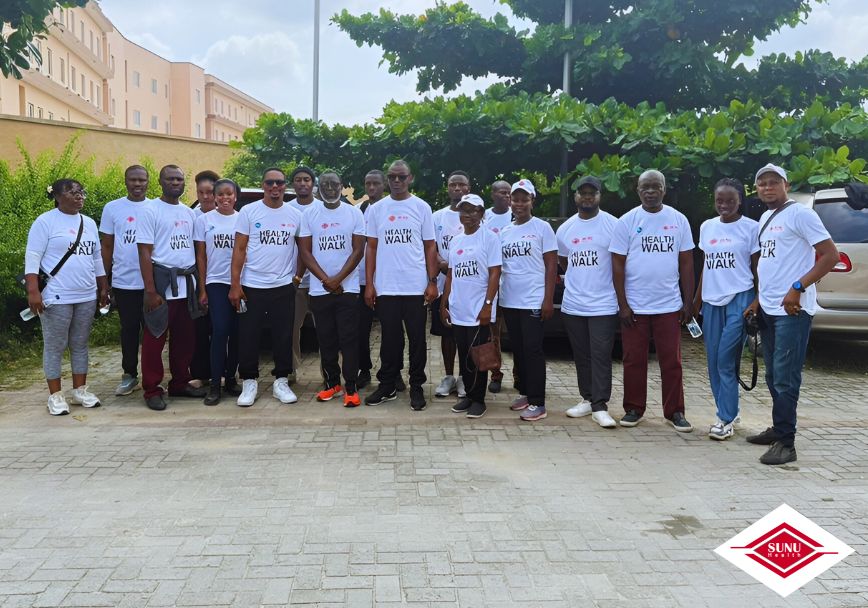
By Modupe Gbadeyanka
One of the leading Health Maintenance Organisations (HMOs) in Nigeria, SUNU Health, has said its philosophy is proactive wellness, noting that this was why it recently partnered with The Divine Physician and St. Luke Catholic Chaplaincy Centre for a community health initiative.
The chief executive of the company, Dr Patrick Korie, said, “SUNU Health’s vision extends far beyond merely offering health packages and insurance.”
“We are fundamentally interested in proactive wellness—preventing illness rather than just treating it. This annual exercise is a crucial part of that commitment, and we will continue to champion it for as long as we exist,” he stressed.
The medical practitioner led the company’s annual Health Walk in Lagos on Saturday, November 8, 2025. The event drew hundreds of health enthusiasts, including the Chaplain of the centre, Rev Fr. John Okoria SJ.
His active participation reinforced the spiritual and moral commitment to holistic well-being, proving crucial in mobilizing staff and community members, thereby ensuring the vital wellness message reached a broad and deeply engaged audience.
The health walk covered several major streets in Lagos, starting from Ishaga Road and navigating through Itire Road, Randle Avenue, Akerele, Ogunlana Drive, and Workers Street before concluding back at the starting point. Following the vigorous walk, participants engaged in a session of high-energy aerobics and other outdoor exercises, reinforcing the day’s focus on fitness.
“We are delighted to champion this vital health initiative alongside the Catholic Chaplaincy Centre LUTH/CMUL. The turnout was truly delightful, reflecting the community’s deep desire to embrace wellness.
“Collaborations like this amplify our message and commitment to the Nigerian community,” the Brand and Corporate Communications Lead at SUNU Health, Mr Samuel Olayemi, stated.
Health
80 Coronation Registrars Staff Donate Blood in Lagos CSR Initiative
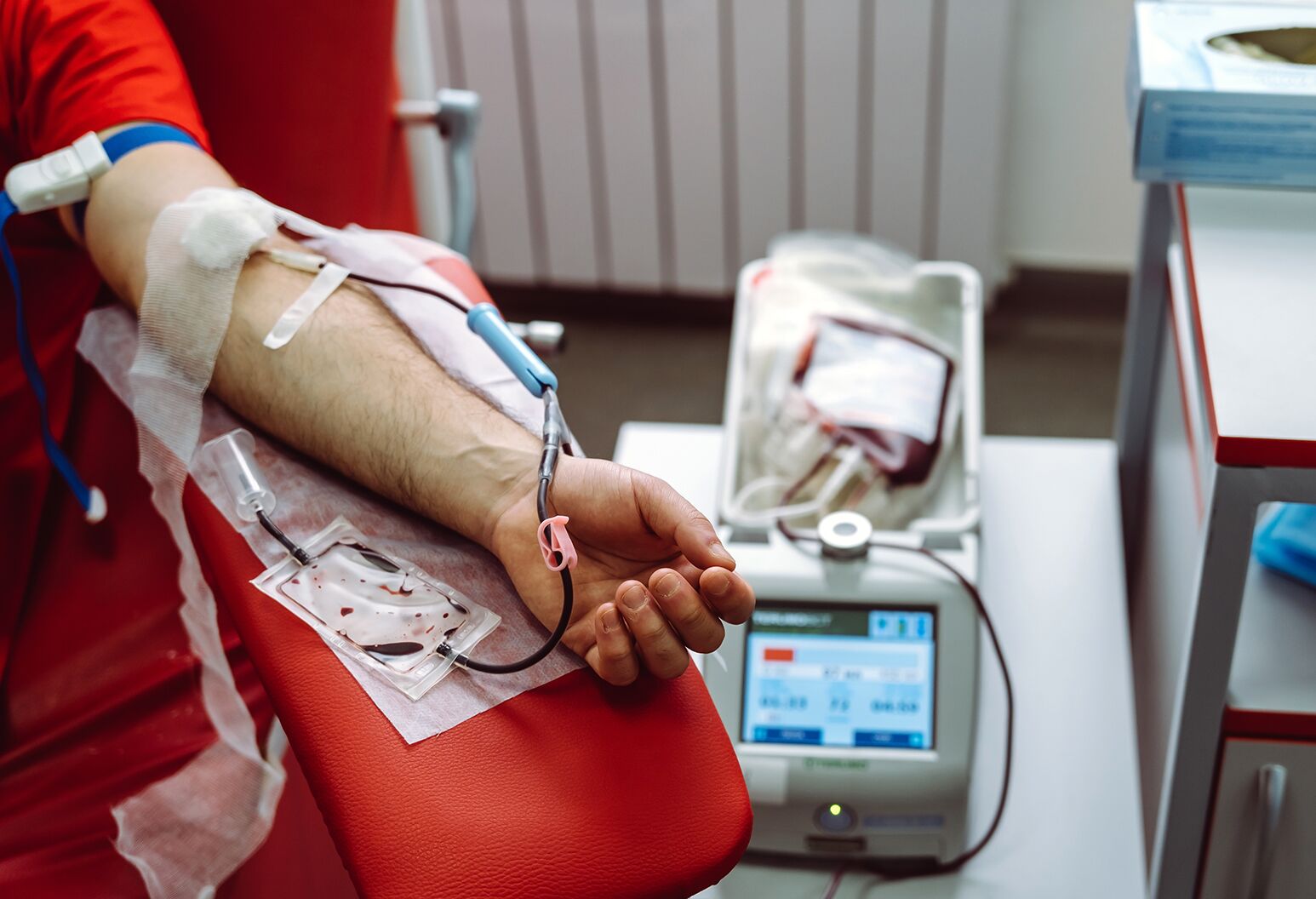
By Adedapo Adesanya
Coronation Registrars Limited, a subsidiary of Coronation Group, in partnership with the Lagos State Blood Transfusion Committee (LSBTC), recently hosted a Blood Drive Initiative at the 5th floor of Coronation Group Plaza. The event saw over 80 staff donate blood to support critical healthcare needs in Lagos State.
The Blood Drive Initiative forms part of Coronation’s commitment to meaningful, human-centred corporate social responsibility, a direct, measurable, and life-saving effort that reflects the Group’s health and sustainability values.
As Prosperity Partners dedicated to creating sustainable wealth for clients and the African continent, Coronation recognises that true prosperity extends beyond financial returns to encompass the well-being of communities we serve.
The company noted that this initiative enabled it to deliver immediate social impact by supporting national blood supply shortfalls through employee-driven action, demonstrate leadership in health-focused CSR aligned with ESG goals and SDG 3 (Good Health & Well-being), strengthen internal culture by fostering employee engagement, empathy, and purpose in a safe, structured environment, and reinforce corporate reputation through public-facing acts of service, stakeholder trust, and media visibility.
Blood donation remains a critical need in Nigeria, where regular blood supply is essential for emergency care, surgeries, and treatment of various medical conditions. Each donation can save up to three lives, and the collective effort of Coronation employees will significantly impact patients in need across Lagos State healthcare facilities.
“This aligns seamlessly with Coronation’s broader sustainability agenda, which views healthcare access as fundamental to building prosperous communities across Africa,” the company said in a statement on Tuesday.
Partnering with a certified medical institution, the drive was professionally managed, medically compliant, and logistically efficient. Participants underwent necessary medical screening procedures to ensure donor fitness and safety. Following their donations, donors received refreshments and appreciation for their life-saving contribution.
“At Coronation, we believe in making a meaningful difference in the communities we serve,” said Mr Oluseyi Owoturo, Chief Executive Officer of Coronation Registrars Limited. “This Blood donation Initiative reflects our values in action, saving lives, building community, and positioning the company as a purpose-driven brand. We’re proud of our employees who stepped forward to donate blood and save lives. This is what sustainable impact looks like: tangible solutions that address real challenges facing our continent.”
The partnership with the Lagos State Blood Transfusion Committee ensured professional handling of the donation process, meeting all safety and quality standards for blood collection and storage.
Coronation Registrars Limited says it continues to demonstrate that corporate success goes hand-in-hand with social responsibility.
“This initiative reinforces the company’s purpose to create a prosperous future for clients and the African continent through transformational solutions,” it added.
-

 Feature/OPED6 years ago
Feature/OPED6 years agoDavos was Different this year
-
Travel/Tourism9 years ago
Lagos Seals Western Lodge Hotel In Ikorodu
-

 Showbiz3 years ago
Showbiz3 years agoEstranged Lover Releases Videos of Empress Njamah Bathing
-

 Banking7 years ago
Banking7 years agoSort Codes of GTBank Branches in Nigeria
-

 Economy3 years ago
Economy3 years agoSubsidy Removal: CNG at N130 Per Litre Cheaper Than Petrol—IPMAN
-

 Banking3 years ago
Banking3 years agoFirst Bank Announces Planned Downtime
-

 Banking3 years ago
Banking3 years agoSort Codes of UBA Branches in Nigeria
-

 Sports3 years ago
Sports3 years agoHighest Paid Nigerian Footballer – How Much Do Nigerian Footballers Earn



